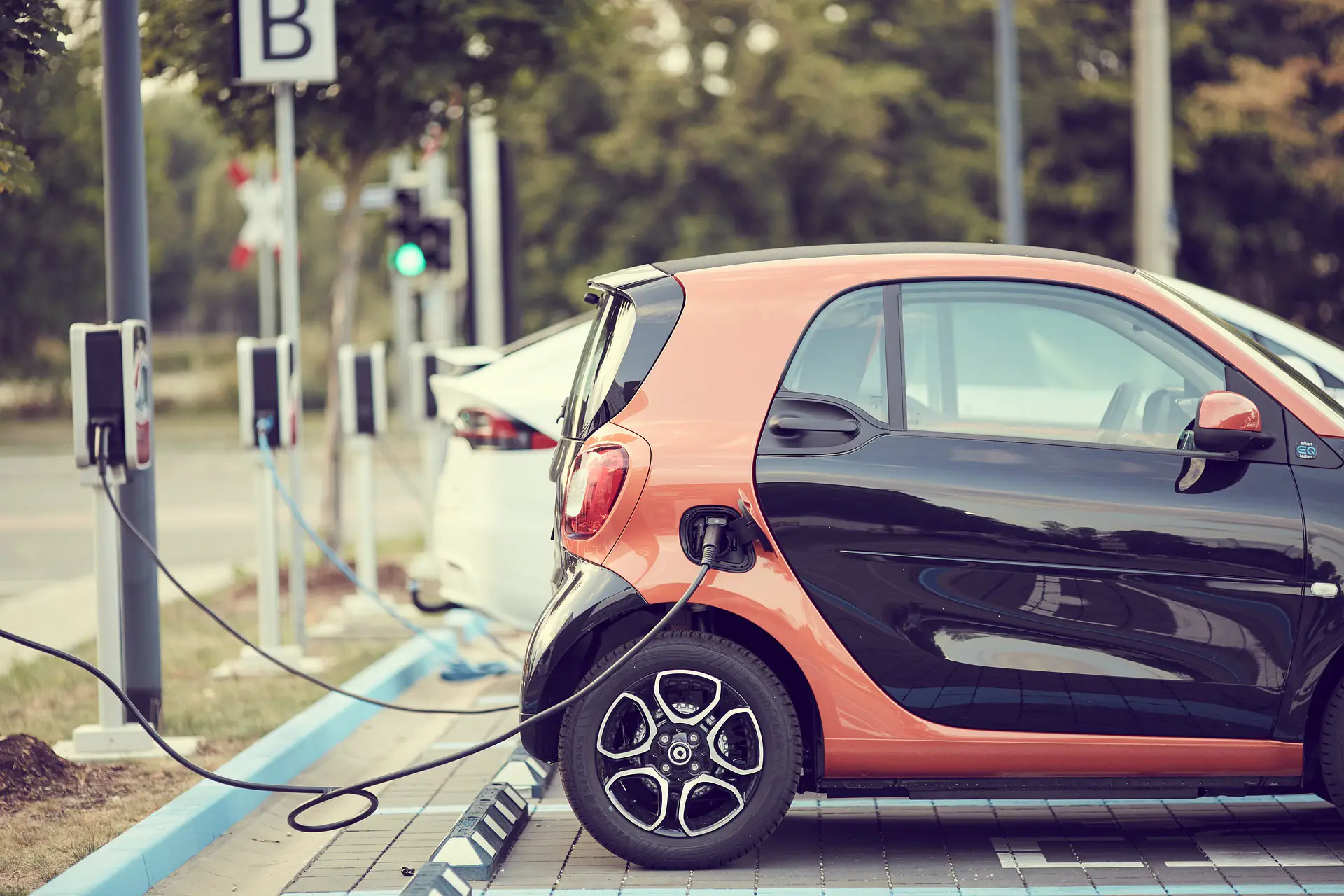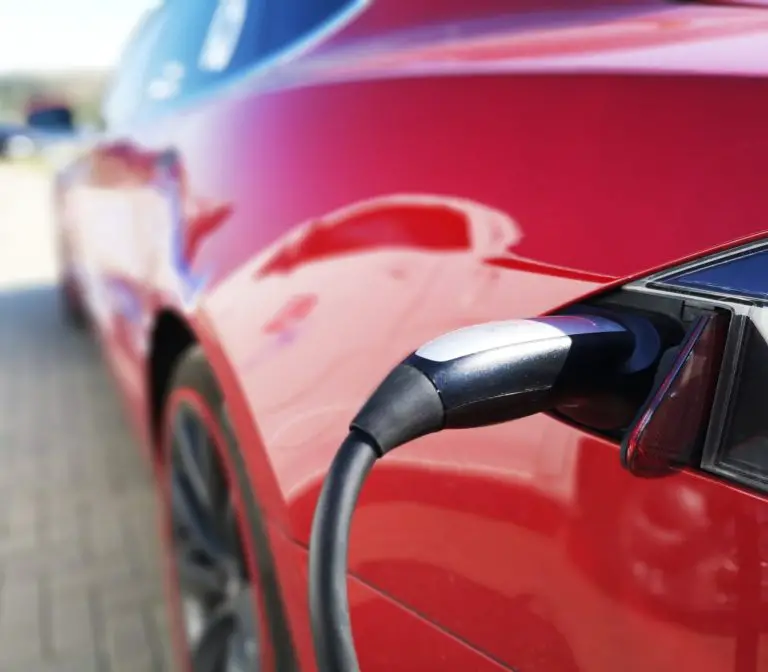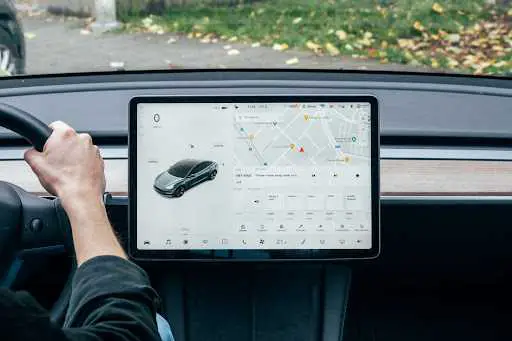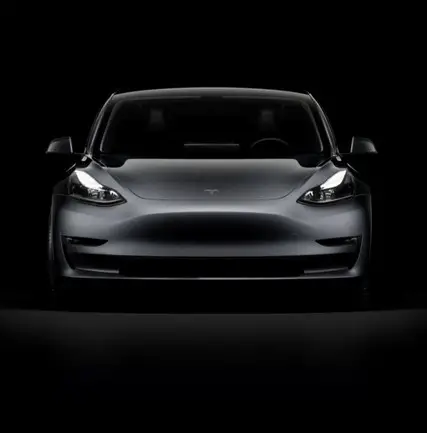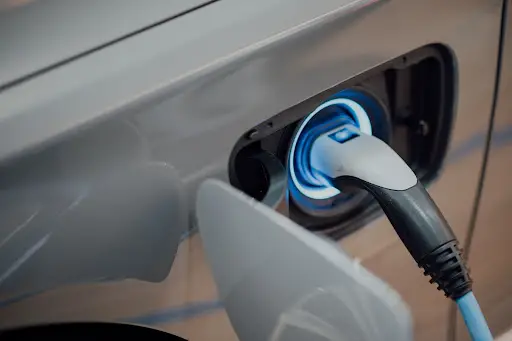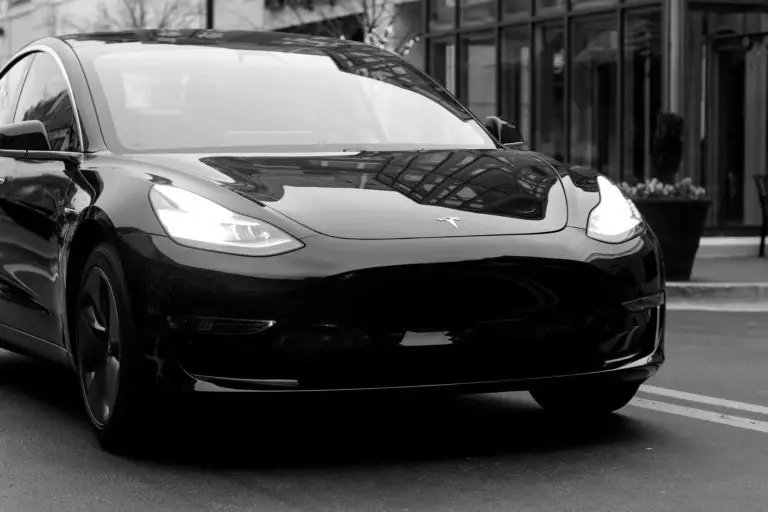How Much Power is Required to Charge An Electric Car?
As the world counts the cost of the rampant historical damage that humans have subjected the planet too, governments are making more stringent commitments to reduce carbon emissions, protect the oceans, and halt the ongoing problem of global warming. The future of Electrical Vehicles (EVs) seems to be assured.
Depending on the rate of charge required, the power required up to 350kw’s of energy is needed. EV’s power consumption is measured as the number of Kilowatt-Hours Per 100 Miles used. A Tesla Model 3 consumes 24 kWh/100 miles and has a total battery capacity of 53.6 kWh.
Across all states in the USA, it costs 13.3 cents per kilowatt-hour to charge an EV. This calculation is rapidly becoming the burning question when assessing the viability of buying an EV. The second is similar but relates to the length of time it takes to charge an EV.
Table of Contents
- The Power Required to Charge An EV Depends on Variables
- What Electricity Supply Is Available to Charge the EV
- How Much Time Is Available to Charge the EV?
- The Cost to Charge the EV
- The Rate of Charge Allowed by the EV’s Battery
- Conclusion
The Power Required to Charge An EV Depends on Variables
There are many variables to consider and arriving at an optimal answer is complex. The variables include:
- The type of charger to be used.
- Whether the electricity supply is single or three phases.
- How much time is available to charge the EV?
- The cost of the charge.
- The rate of charge allowed by the vehicle’s battery charger.
To better understand these variables, we discuss each one in more detail below.
The Type of Charger to Be Used to Charge The EV
There are three categories of EV chargers; these are:
AC Level 1 Chargers Are the Most Basic Level
AC Level 1 chargers are typically units supplied with the vehicle when delivered.
An “AC Charger” operates as an intelligent switch that communicates with the EV’s charging systems to determine how many amps (speed of charge) and watts (extent of charge) the charger can supply.
Once the system handshake has been completed, and the two systems agree on the variables and have set themselves accordingly, the charger supplies AC power to the EV.
Generally, this level of charging equipment can supply up to 3.7-kilowatt-hours (kw/h) of charge.
AC Level 1 is the slowest way to charge an EV. It adds between 3 and 5 miles of range per hour.
AC Level 2 Can Be Installed in the Home or Office
AC Level 2 systems are much more powerful; they need to be professionally installed and provide between 7.4 kw/h and 22 KW/hs of charge.
The larger capacity systems require a three-phase power supply.
When a large charging capacity is available, the limitation tends to be the EV’s charging system. Irrespective of the power, most EVs only permit up to a 22kw/h three-phase charge rate.
AC Level 2 chargers can replace between 12 and 80 miles of range per hour, depending on the AC Level 2 charger’s power output and the vehicle’s maximum charge rate.
Level 3 – DC Are Known As Superchargers
Level 3 chargers are mainly found at retail service stations or dedicated fast charging facilities and deliver the fastest possible charge rate.
Superchargers are more complex than the other technologies as an AC to DC rectifier will have to be installed at the charging station and use a 400 volts power supply.
They can supply up to 350 kW of DC power; however, the EV’s charging system will be the limiting factor once again.
Level 3 – DC chargers can replace between 3 to 20 Miles Per Minute, depending on the EV’s maximum charge rate.
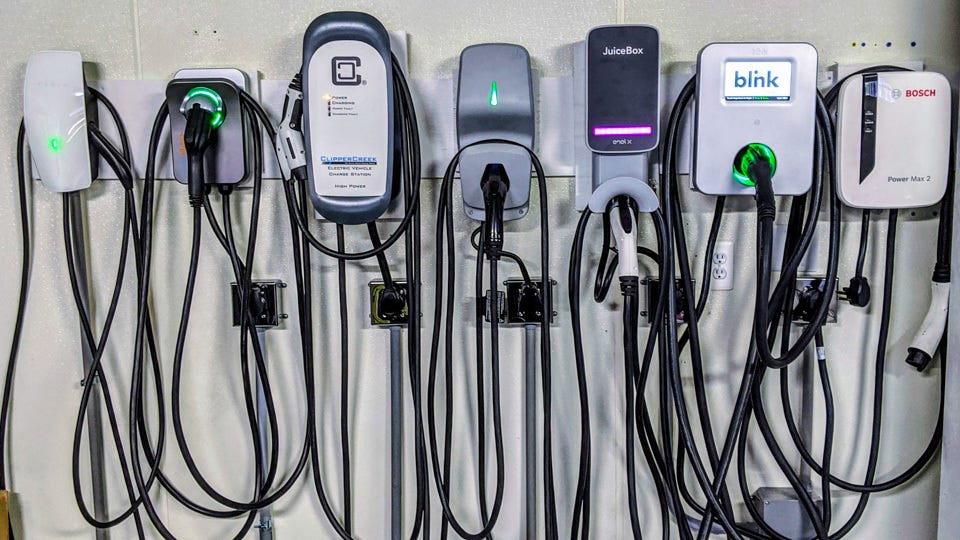
What Electricity Supply Is Available to Charge the EV
Differing chargers pull different amounts of electrical current through the electrical circuit.
The concept is straightforward, more current = more power = faster charge.
Three-phase electricity balances the alternating waves of AC power and outputs a steadier and faster flow through the EV car charger. In principle, a three-phase electrical power supply can charge a car three times faster than a single-phase system.
The one proviso to this is that the EV’s charger must accept a three-phase system; otherwise, it will restrict the feed to a single phase.
How Much Time Is Available to Charge the EV?
The amount of mileage you need to travel on your next trip and the amount of time you have available will determine the size charger which meets your needs.
When you took delivery of your EV, an AC Level 1 charger was probably provided; these simple systems are portable and plug into a domestic home wall socket.
In 30 hours, they will generally replenish 100% of a smaller EV battery’s charge. If you have that time available, then these are suitable. With the COVID lockdown and the nations changing habits, this is not as unrealistic as it may have sounded at the end of 2019.
If you don’t have the time available, you will need to opt for an AC Level 2 system. These can replenish the battery at a rate of 12 to 80 Miles Per Hour. At this rate, a Tesla Model 3 with a maximum range of 350 miles will fully refill the battery in as little as 4.5 hours.
At the other end of the spectrum, the same Tesla will be recharged from 0 in just over 17 minutes at a supercharging station.
The Cost to Charge the EV
As EVs become more common, there is a risk that the national availability of electricity may start to be compromised. Indeed, this is true of poorer countries that already suffer from a constrained electrical grid.
Supply and demand principles may start to rear their head, and the more constrained the national power supply is, the higher the cost of electricity that may be charged.
Already power utilities are offering reduced rates for charging EVs outside of peak hours; this has a similar result: increasing the cost as supply drops and demand increases.
More and more home charging stations are being converted to solar power to mitigate these problems.
The Rate of Charge Allowed by the EV’s Battery
Different vehicle models allow different charge rates, for example.
| Vehicle make | Maximum AC Level 2 Charge Rate |
| Nissan LEAF | 7 kw/h |
| Hyundai Ioniq | 7 kw/h |
| Hyundai Kona | 7 kw/h |
| Tesla Model 3 | 22 kw/h |
| Renault Zoe | 22 kw/h |
| Volkswagen ID 3 | 11 kw/h |
| Volkswagen ID 3 | 11 kw/h |
| Polestar | 11 kw/h |
| Porsche TAYCAN | 22 kW/h |
It is not economical to install a three-phase AC Level 2 charger if you own one EV, which draws a maximum of 7 kw/h of charge.
Conclusion
There is no standard power requirement to charge all EVs. Each owner will have a different set of conditions that must be carefully assessed before installing a home charging station.
As EVs continue to grow in popularity, there will ultimately be a level of standardization adopted by the manufacturers. Still, until that time, the variables will continue to determine the level of installation.
Amazon and the Amazon logo are trademarks of Amazon.com, Inc, or its affiliates.

